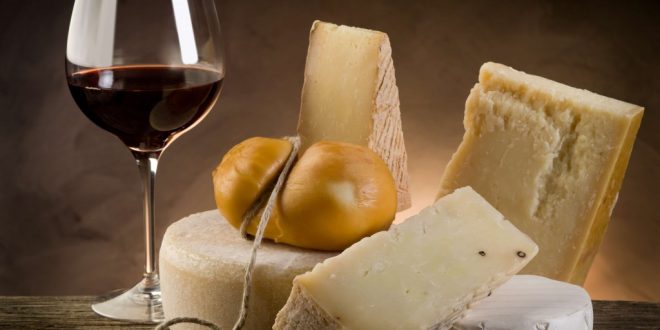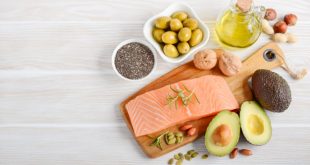By: Niko Bardin
France is often associated with its reputable cuisine and etiquette details that shape its refined dining culture. France is a nation of gourmets, and French people consider eating not just a matter of regaining energy, but as a pleasure. What we now know of the French cuisine, began to culminate as early as the 17th century, and has developed as cuisine that focuses on unique flavors to bring spectacular tastes and beautiful presentation.
So what makes French food unique?
- The emphasis on powerful herbs in French cuisine is unlike any other. Instead of mixing different spices together, the French cuisine utilizes locally grown herbs to create mouthwatering dishes. Some popular herbs include thyme and tarragon, which are often placed on the dish as either decoration or flavor addition.
- The French cuisine not only pleases one’s taste buds, but extra care is also given into how beautiful the plate appears. Each dish is carefully prepared to include multiple colors that appeal to the eye.
Each meal is very specific with a special twist. The petit dejeuner, or breakfast, is traditionally a light hearted meal consisting of tartines, which are slices of freshly baked baguette. Butter, homemade jam, and Nutella are popular spreads on these tartines. Beverages, like tea or hot chocolate, are usually drunk from a bowl or mug. The world renowned croissants and pain au chocolat, chocolate croissants, are mostly consumed over the weekend as a treat.
Before lunch or dinner is served, French people often enjoy aperitifs, or appetizers. This includes a dry alcoholic beverage, usually champagne, served with bite-sized snacks. Common snacks include olives, foie gras, which is duck liver, and påté, which is cooked ground meat and fat minced into a paste that is then spread on crackers or bread.
Lunch and dinner are very similar. These meals usually consist of four main aspects: hors d’oeuvres, which are entrées, plat principal, or main course, cheese, and lastly dessert. Hors d’oeuvres are introductory courses that vary from salads to soups. The plat principal is usually centered around meat, served with a side of vegetables, pasta, or potatoes. The plat principal is always accompanied by baguette, wine, and water. Afterwards, cheese, such as comte or brie, is consumed along with bread. Cheese is an essential component of the French diet that has remained a tradition for centuries. The last step of the meal is dessert, which is often as simple as a fruit salad or plain yogurt mixed with fruits, sugar, or jam.
The last aspect of French dining culture that I will discuss today will be etiquette at the dinner table.
- You must always use a fork and a knife while eating, each placed on the left and right respectively.
- No one is allowed to begin eating until the host says “bon appetit”, which loosely translates to “enjoy your meal”.
- While eating, your hands should always be visible and not in your lap. This rule came to life in the olden days on the basis that those with their hands in their lap were hiding a gun. Nowadays, it is considered impolite to not show your hands.
- Another important rule while eating is to never rest your elbows on the table because this gives the host the impression that you are either bored or unsatisfied with the food.
- Lastly, it is also considered an offensive gesture to the host when one doesn’t finish their food.
Overall, French dining culture is very particular in that it truly is different and unique compared to other cultures.
 Tempus Magazine By Students, For Students
Tempus Magazine By Students, For Students 



